Common Plant Diseases: How to Spot 8 Major Threats
Have you ever watched your favorite plant slowly wither away, wondering what went wrong? Learning to spot common plant diseases early can be the difference between saving your green friends and losing your entire garden. Every year, millions of plants die from common plant diseases that could have been stopped with quick action.
When you ignore early warning signs of plant sickness, you’re not just risking one plant. Common plant diseases spread fast, jumping from leaf to leaf and plant to plant. Before you know it, your whole collection could be in trouble. The good news is that most common plant diseases are easy to spot once you know what to look for.
In this guide, you’ll discover how to identify eight major common plant diseases that threaten gardens everywhere. We’ll show you simple ways to tell if your plants are sick, what causes these problems, and how to fix them. By the end, you’ll feel confident caring for your plants and keeping them healthy all year long.
Table of Contents
Table of Contents
Understanding Common Plant Diseases

What Are Plant Diseases?
Plant diseases are health problems that make plants sick, just like how people get colds or flu. These diseases are caused by tiny living things called pathogens. The main troublemakers include fungi (like mushrooms but much smaller), bacteria (super tiny germs), and viruses (even tinier than bacteria).
Think of your plant like a house with many rooms. When pathogens get inside, they start eating the plant’s food and blocking its systems. This makes the plant weak and unable to grow properly. Common plant diseases spread in different ways – through water drops, wind, insects, or even dirty gardening tools.
Indoor plants face different disease challenges than outdoor plants. Inside your home, problems often come from too much water, poor air flow, or bringing new plants that are already sick. Outdoor plants deal with more weather changes, insects, and soil problems that can lead to common plant diseases.
Why Early Detection Matters
Catching common plant diseases early is like finding a small fire before it burns down the whole house. When you spot the first signs of trouble, you can often save the plant with simple treatments. Wait too long, and the common plant diseases spread to healthy parts or jump to other plants nearby.
Early action also saves you money. Replacing dead plants gets expensive fast, especially if you lose rare or large plants. A small bottle of treatment costs much less than buying new plants every few months. Plus, you keep the plants you’ve grown attached to over time.
Your plant collection is an investment in your home’s beauty and your happiness. When you protect plants from common plant diseases, you’re protecting the time and care you’ve put into growing them. Healthy plants also clean your air better and make your space more enjoyable.
The 8 Major Common Plant Diseases Every Gardener Should Know
1. Powdery Mildew
Visual Identification Signs
Powdery mildew looks exactly like its name suggests – a white, powdery coating that appears on leaves and stems. This common plant disease starts as small white spots that grow bigger and join together. The powder feels soft and can be wiped off with your finger, but it comes back quickly.
You’ll first notice powdery mildew on older leaves near the bottom of your plant. It spreads upward and outward as it gets worse. Affected leaves may turn yellow, brown, or purple around the white patches. In bad cases, leaves curl up, dry out, and fall off the plant.
Affected Plant Types
This disease loves certain plants more than others. Roses, cucumbers, squash, and zinnias get powdery mildew often. Indoor plants like begonias, African violets, and some houseplants also struggle with this problem. The disease likes plants with soft, tender leaves better than tough, waxy ones.
Quick Treatment Options
Fight powdery mildew with a simple baking soda spray. Mix one teaspoon of baking soda with one quart of water and spray it on affected areas every few days. Neem oil also works well – spray it in the evening when it’s cooler. Remove badly infected leaves right away to stop the spread.
2. Root Rot
Above-Ground Warning Signs
Root rot is tricky because the real problem happens underground, where you can’t see it. But your plant will send clear signals above ground. Leaves turn yellow starting from the bottom, even when you’re watering regularly. The plant looks droopy and sad, like it needs water, but watering doesn’t help.
New growth stops or looks weak and pale. Stems near the soil line might turn black or brown and feel mushy. You might notice a bad smell coming from the soil, especially right after watering. These signs mean the roots underground are dying and can’t do their job anymore.
Soil and Root Inspection Tips
To check for root rot, gently remove your plant from its pot. Healthy roots should be white or light tan and feel firm. Rotten roots look black, brown, or gray and feel squishy like overcooked pasta. They might fall apart when you touch them.
The soil around rotten roots often smells sour or rotten. It might be very wet and stay soggy for days after watering. Sometimes you’ll see fuzzy mold growing on the soil surface. All these signs point to too much water sitting around the roots.
Emergency Rescue Methods
Act fast when you find root rot. Remove all the black, mushy roots with clean scissors or knife. Keep only the firm, healthy roots, even if that means cutting away most of the root system. Rinse the remaining roots with clean water to remove diseased soil.
Repot your plant in fresh, well-draining soil. Use a pot with drainage holes and don’t water for a few days to let the cuts heal. When you do water again, use less water and let the soil dry out between waterings. Your plant might look worse before it gets better, but healthy plants can recover from root rot.
3. Bacterial Leaf Spot
Distinguishing Bacterial vs Fungal Spots
Bacterial leaf spot creates small, dark spots on leaves that look different from fungal spots. Bacterial spots are usually round with a yellow ring around them, like tiny targets. They often have a wet or oily look and may ooze a sticky liquid when the weather is humid.
Fungal spots tend to be larger and more irregular in shape. They’re usually brown or black without the yellow halo that bacterial spots have. Fungal spots also feel dry and papery, while bacterial spots stay moist-looking longer.
Common Host Plants
Tomatoes, peppers, and other vegetables get bacterial leaf spot often. Many flowering plants like geraniums, begonias, and impatiens also struggle with this disease. Indoor plants with soft leaves are at risk too, especially if water sits on their leaves for long periods.
Prevention Strategies
Prevent bacterial leaf spot by keeping water off the leaves when you water your plants. Water at soil level instead of spraying from above. Make sure plants have good air circulation so leaves dry quickly if they do get wet. Avoid working with plants when they’re wet from rain or dew.
4. Anthracnose
Characteristic Symptoms
Anthracnose shows up as dark, sunken spots on leaves, stems, and fruits. These spots often have a slightly raised border and may have tiny black dots in the center. On leaves, the spots start small but can grow to cover large areas. Affected leaves may develop holes where the dead tissue falls out.
This common plant disease also attacks fruits and vegetables, creating dark, rotted areas that make them inedible. On stems, anthracnose causes dark, elongated lesions that can girdle and kill branches.
Weather Conditions That Trigger It
Anthracnose loves warm, wet weather. It spreads fastest when temperatures are between 75-85°F and humidity is high. Heavy rain, frequent watering, and poor air circulation create perfect conditions. The disease slows down in hot, dry weather but comes back when conditions get wet again.
Treatment Timeline
Treat anthracnose as soon as you see the first spots. Remove infected leaves and debris immediately. Apply copper-based fungicide every 7-14 days during wet weather. It takes 2-3 weeks of consistent treatment to control the disease. Continue treatments until dry weather returns.
5. Downy Mildew
How It Differs from Powdery Mildew
While powdery mildew creates white powder on top of leaves, downy mildew usually appears as yellow or pale spots on the upper leaf surface. Look at the bottom of affected leaves, and you’ll see fuzzy, gray, or purple growth – this is the key difference from powdery mildew.
Downy mildew prefers cool, wet conditions, while powdery mildew likes warm, dry air with high humidity. Downy mildew spots often follow leaf veins, creating angular patterns, while powdery mildew spreads in round patches.
Environmental Factors
This disease thrives in cool, wet weather with poor air circulation. It spreads through water droplets, so overhead watering and high humidity help it grow. Morning dew and fog also encourage downy mildew development. Indoor plants in bathrooms or other humid areas are at higher risk.
Organic Treatment Options
Control downy mildew with improved air circulation and reduced humidity. Space plants further apart and use fans to keep air moving. Baking soda spray works, but milk spray is often more effective – mix 1 part milk with 10 parts water. Spray every week until symptoms disappear.
6. Black Spot
Identifying Black Spot Patterns
Black spot creates round, black spots on leaves with feathery or fringed edges. The spots often have yellow halos around them. As the disease progresses, affected leaves turn completely yellow and drop off the plant. This defoliation weakens the plant over time.
The spots usually appear on lower leaves first and work their way up the plant. In severe cases, black spots can defoliate entire plants, leaving them bare and stressed. The disease overwinters on fallen leaves and infected stems.
Plants Most at Risk
Roses are the most famous victims of black spot, but many other plants suffer too. Stone fruits like peaches and plums get similar spots. Some vegetables and ornamental plants also develop black spots, especially in humid climates.
Seasonal Prevention Tips
Prevent black spot by cleaning up all fallen leaves in fall – the disease overwinters in this debris. Prune plants to improve air circulation in late winter. Apply preventive fungicide sprays starting in early spring before symptoms appear. Water the soil level to keep leaves dry.
7. Fusarium Wilt
Progressive Symptom Development
Fusarium wilt starts slowly and gets worse over time. You’ll first notice lower leaves turning yellow, usually on one side of the plant. The yellowing moves up the plant gradually. Unlike other common plant diseases, the yellowing often affects just one side or branch at first.
Cut into an affected stem and you’ll see brown or black streaking in the water-conducting tissues. This internal discoloration is a key sign of fusarium wilt. Eventually, the entire plant wilts and dies as the disease blocks water movement.
Soil-Borne Transmission
This common plant disease lives in the soil and enters plants through their roots. It can survive in soil for many years, even without plants present. The fungus spreads through contaminated soil, tools, and water. Once it infects a plant, there’s no cure; prevention is key.
Plant Selection for Resistance
Choose resistant plant varieties when possible. Many vegetables and flowers now come in fusarium-resistant types. Look for codes like F or Fus on seed packets and plant labels. These resistant plants can still get infected, but usually survive much better.
8. Mosaic Virus
Distinctive Leaf Patterns
Mosaic virus creates unique patterns on leaves that look like someone painted them with different shades of green and yellow. The patterns often resemble a mosaic tile floor, which gives the disease its name. Affected leaves may also be smaller than normal and have an unusual bumpy or puckered texture.
Some plants develop ring patterns or line patterns instead of the typical mosaic look. The virus can also cause stunted growth and unusual flower colors. Unlike fungal or bacterial common plant diseases, mosaic virus doesn’t create spots that rot or fall out.
Vector Transmission Methods
Mosaic viruses spread mainly through insects like aphids and thrips. These tiny bugs feed on infected plants and carry the virus to healthy ones. The virus can also spread through contaminated tools, hands, and sometimes seeds. It doesn’t spread through soil or water like other common plant diseases.
Management and Control
There’s no cure for mosaic virus once a plant is infected. Remove infected plants immediately to prevent spread to healthy ones. Control the insects that spread the virus using sticky traps and insecticidal soap. Always wash your hands and clean tools between plants to avoid spreading the virus yourself.
| Disease | Key Symptoms | Main Causes | Best Treatment |
|---|---|---|---|
| Powdery Mildew | White powdery coating | High humidity, poor air flow | Baking soda spray, neem oil |
| Root Rot | Yellow leaves, mushy roots | Overwatering, poor drainage | Remove rotten roots, repot |
| Bacterial Leaf Spot | Dark spots with yellow halos | Water on leaves, high humidity | Improve air circulation, copper spray |
| Anthracnose | Sunken dark spots | Warm wet weather | Remove debris, copper fungicide |
| Downy Mildew | Yellow spots, fuzzy undersides | Cool wet conditions | Milk spray, improve ventilation |
| Black Spot | Round black spots, yellow halos | Humid conditions, poor air flow | Clean fallen leaves, fungicide |
| Fusarium Wilt | One-sided yellowing, internal streaking | Soil-borne fungus | Choose resistant varieties |
| Mosaic Virus | Mottled leaf patterns | Insect transmission | Remove infected plants, control insects |
Prevention Strategies for Common Plant Diseases
Proper Watering Techniques
Good watering habits prevent many common plant diseases from starting. Water your plants at soil level instead of spraying water on the leaves. When leaves stay wet for hours, common plant diseases have time to grow and spread. Use a watering can with a long spout or soaker hoses to direct water right where plants need it.
Check your soil before watering by sticking your finger about an inch deep. If it feels dry, it’s time to water. If it’s still moist, wait another day or two. Most plants prefer to dry out slightly between waterings rather than staying constantly wet.
Make sure your pots and garden beds drain well. Water should never stand on the surface for more than a few minutes after watering. Add drainage holes to pots without them, and improve heavy clay soil with compost or sand to help water move through better.
Air Circulation and Spacing
Good air circulation is like fresh air for your plants – it keeps them healthy and disease-free. When air moves around your plants, it dries moisture from leaves quickly and prevents the humid conditions that many common plant diseases love. Space your plants far enough apart so air can flow between them easily.
For indoor plants, place them where natural air currents can reach them, but away from heating and cooling vents that create extreme temperature changes. A small fan running on low speed can help move air in stuffy rooms. Open windows when weather permits to bring in fresh air.
In outdoor gardens, avoid planting too close together. Thin out overcrowded areas and prune plants regularly to remove dense growth that blocks air flow. Plant tall plants where they won’t block air movement to shorter plants nearby.
Soil Health and Nutrition
Healthy soil grows healthy plants that can fight off common plant diseases better. Test your soil’s pH level – most plants prefer slightly acidic to neutral soil (pH 6.0-7.0). You can buy simple test kits at garden centers or send samples to your local extension service for detailed analysis.
Add organic matter like compost to your soil regularly. Compost feeds beneficial microorganisms that help plants stay healthy and compete with disease-causing organisms. Work a few inches of compost into garden beds each spring and fall.
Feed your plants appropriately, but don’t over-fertilize. Too much nitrogen makes plants grow fast but weak, making them more susceptible to common plant diseases. Follow fertilizer package directions and use slow-release fertilizers that feed plants gradually over time.
Treatment Methods That Work
Organic Solutions
Neem oil is one of the best organic treatments for many common plant diseases. This natural oil comes from the neem tree and works against fungi, bacteria, and insects. Mix it according to package directions and spray it on affected plants in the evening when temperatures are cooler. Repeat every 7-14 days until symptoms disappear.
Baking soda creates an environment that many disease organisms can’t survive in. Mix one teaspoon of baking soda with one quart of water and add a few drops of dish soap to help it stick to leaves. Spray this mixture on affected areas every few days. It works especially well against powdery mildew and some leaf spots.
Beneficial bacteria products introduce good microorganisms that compete with disease-causing ones. These products are safe for people, pets, and beneficial insects. Apply them according to package directions, usually as soil drenches or foliar sprays. They work best as prevention rather than cure.
Chemical Treatments
Sometimes organic treatments aren’t enough, and you need stronger medicine for your plants. Fungicides containing copper or sulfur work against many fungal and bacterial common plant diseases. These products are more toxic than organic options, so read and follow label directions carefully.
Use fungicides early in disease development for best results. Once common plant diseases are well-established, even chemical treatments may not save severely infected plants. Apply treatments in calm weather to avoid drift, and wear protective clothing as recommended on the label.
Rotate between different types of fungicides to prevent disease organisms from becoming resistant. Don’t use the same product repeatedly – switch between copper-based, sulfur-based, and other active ingredients to keep treatments effective over time.
Cultural Controls
Cultural controls are changes you make to how you care for plants that help prevent or control common plant diseases. Remove infected plant parts immediately when you see them. Cut diseased branches back to healthy tissue and dispose of all infected material in the trash, not your compost pile.
Quarantine new plants for a few weeks before placing them near your established plants. This gives you time to watch for disease symptoms that might not have been visible when you first brought the plants home. Keep new plants in a separate area during this observation period.
Clean your gardening tools regularly, especially when moving between plants or working with diseased material. Wipe tools with rubbing alcohol or a 10% bleach solution between plants. This simple step prevents you from spreading common plant diseases on contaminated tools.
When to Save vs When to Remove Plants
Assessment Criteria
Deciding whether to treat a sick plant or remove it completely depends on several factors. Look at how much of the plant is affected by common plant diseases. If more than 50% of the leaves or stems show symptoms, the plant may be too far gone to save effectively. Young, small plants often recover better than large, established ones.
Consider how fast the disease is spreading. Some common plant diseases move slowly and give you time to treat them successfully. Others spread rapidly and can kill plants within days or weeks. Fast-moving diseases often require immediate plant removal to protect nearby healthy plants.
Think about the value of the plant to you. Rare, expensive, or sentimental plants deserve more aggressive treatment efforts than common plants that are easy to replace. Sometimes it’s worth trying experimental treatments on special plants even when success isn’t guaranteed.
Safe Disposal Methods
Never put diseased plant material in your compost pile. Many disease organisms survive the composting process and can re-infect your garden later. Instead, bag diseased plants and put them in your regular trash for disposal at the landfill.
Some communities have special yard waste disposal programs that use high-heat composting to kill disease organisms. Check with your local waste management department to see if this option is available in your area. These facilities reach temperatures that home compost piles can’t achieve.
Burning diseased plant material is effective, but may not be allowed in your area due to fire restrictions. Check local regulations before burning anything. If burning is permitted, do it safely away from buildings and other flammable materials.
Creating Your Plant Disease Prevention Plan
Monthly Inspection Checklist
Set aside time each month to examine all your plants carefully for signs of common plant diseases. Look for changes in leaf color, spots, or unusual growth patterns. Check both the tops and bottoms of leaves, as many diseases start on leaf undersides where they’re harder to notice.
Keep a simple garden journal or use your phone to take photos of your plants regularly. This helps you notice gradual changes that might indicate developing disease problems. Date your photos so you can track how quickly problems develop.
Pay special attention to plants that have had disease problems before. Some plants are naturally more susceptible to certain common plant diseases and need extra monitoring. Mark these plants on a map or list so you remember to check them more often.
Seasonal Care Adjustments
Spring is the time to clean up disease debris from winter and apply preventive treatments. Remove any dead or diseased plant material that overwintered in your garden. Apply fresh mulch to cover any disease spores that might be on the soil surface.
Summer requires more frequent monitoring as warm, humid weather encourages many common plant diseases to flourish. Water early in the morning so leaves have time to dry before evening. Increase air circulation around plants by pruning and spacing them appropriately.
Fall cleanup is crucial for preventing next year’s disease problems. Remove all fallen leaves and plant debris that could harbor disease organisms over winter. This is especially important for plants that suffer from black spot, anthracnose, or other common plant diseases that overwinter in plant debris.
Winter is the time to plan improvements for next year. Order disease-resistant plant varieties and make notes about which plants had problems this year. Plan changes to garden layout or watering systems that might help prevent common plant diseases issues.
Frequently Asked Questions About Common Plant Diseases
How can I tell if my plant has a disease or just needs water?
Diseased plants often show specific symptoms like spots, unusual colors, or fuzzy growth that don’t improve with watering. Plants that just need water will perk up within hours of watering, while diseased plants stay droopy or continue to decline even with proper watering.
Can common plant diseases spread to humans or pets?
Most common plant diseases cannot infect humans or animals. However, some fungal spores can cause allergic reactions in sensitive people. Always wash your hands after handling diseased plants and avoid breathing in dust from infected plant material.
Should I throw away the soil from plants that died from disease?
It depends on the disease. Soil-borne common plant diseases like fusarium wilt can live in potting soil for years, so it’s safer to dispose of this soil. For leaf diseases like powdery mildew, you can often reuse the soil after letting it sit unused for several months.
How long does it take to cure common plant diseases?
Treatment time varies by disease and how early you catch it. Minor fungal problems might clear up in 1-2 weeks with proper treatment. More serious common plant diseases like root rot can take months for plants to fully recover, if they survive at all.
Can I prevent all common plant diseases?
While you can’t prevent every disease, good growing practices prevent most problems. Proper watering, good air circulation, healthy soil, and regular plant inspection catch common plant diseases early when they’re easier to treat.
Conclusion
Learning to spot common plant diseases doesn’t have to be scary or complicated. The eight common plant diseases we’ve covered cause most of the problems you’ll see in gardens and houseplants. Remember that white powdery coatings, dark spots on leaves, yellowing that starts from the bottom, and unusual patterns all signal disease problems that need attention.
The key to success is checking your plants regularly and acting quickly when you see problems. Most common plant diseases are much easier to treat when caught early. Don’t wait until plants are severely damaged – start treatment as soon as you notice the first symptoms.
Building confidence in plant care comes with practice and experience. Each time you successfully identify and treat common plant diseases, you become a better gardener. Your plants will be healthier, and you’ll enjoy your garden more knowing you can keep your green friends thriving.
Start implementing these disease prevention and treatment strategies today. Set up a monthly inspection schedule, improve your watering habits, and keep the treatment supplies you need on hand. Your plants are counting on you to keep them healthy and free from common plant diseases. Take action now to protect your garden investment and enjoy beautiful, healthy plants all year long.
Plant Diseases – Prevention and 5 HOME REMEDIES that WORK!

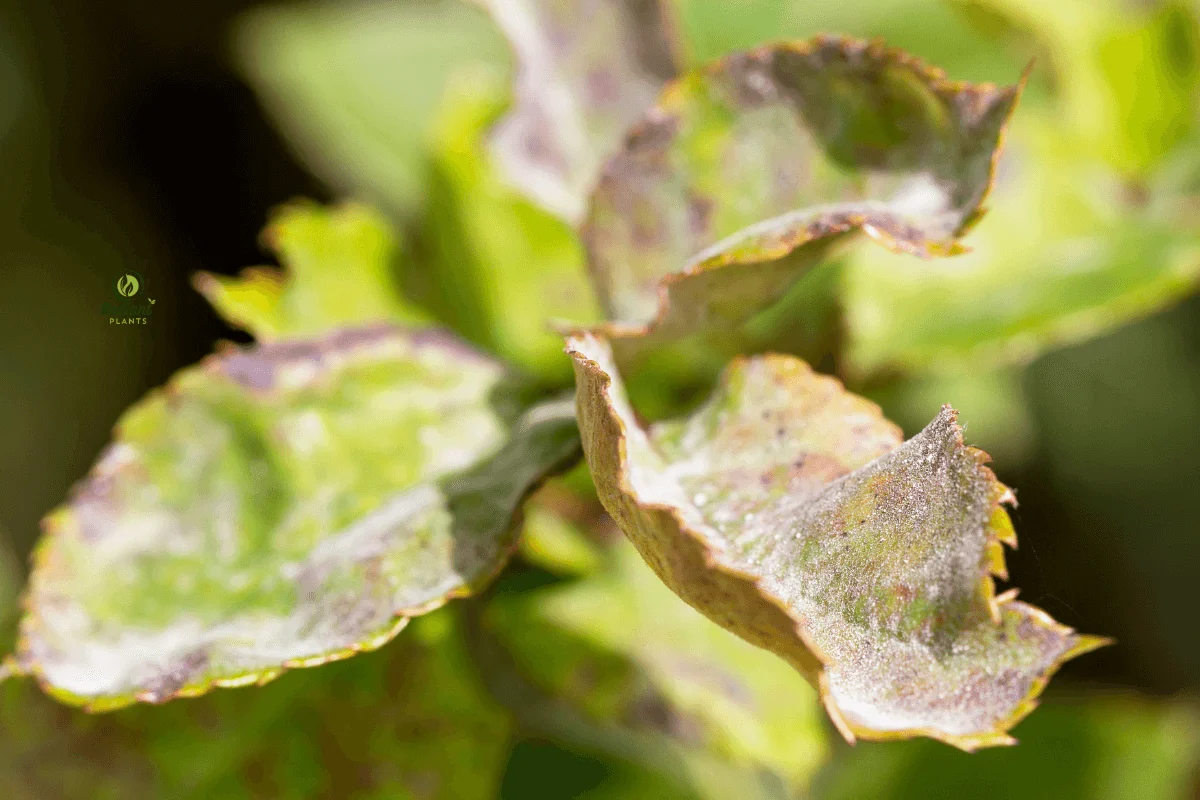
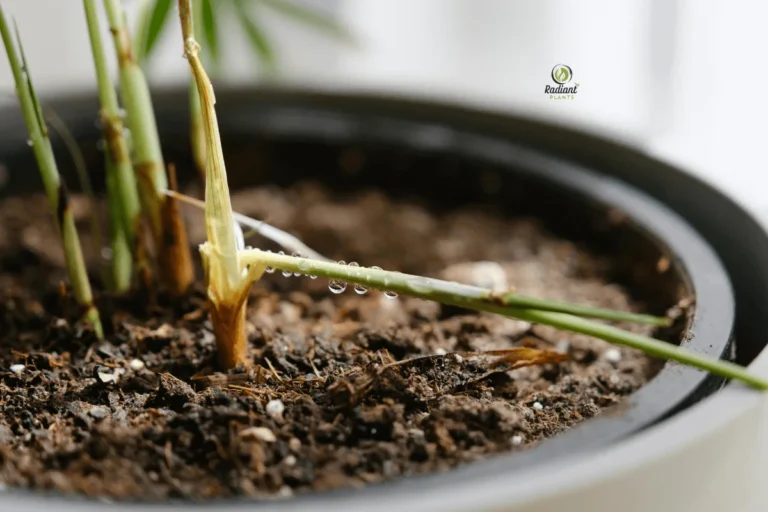
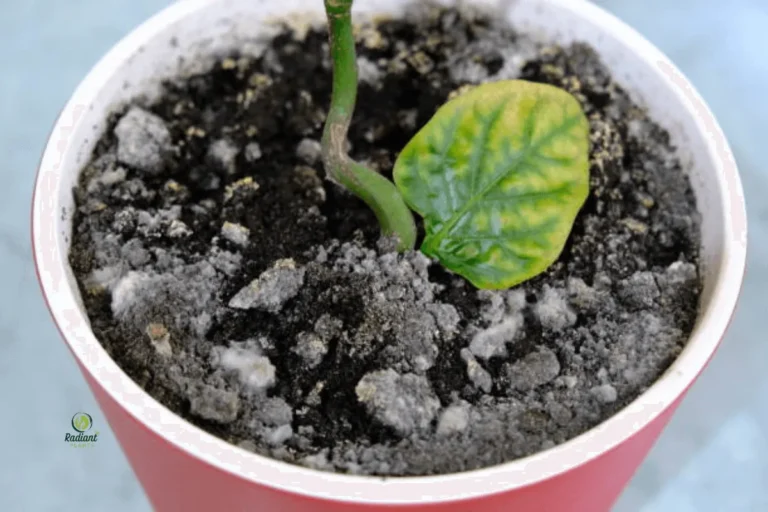
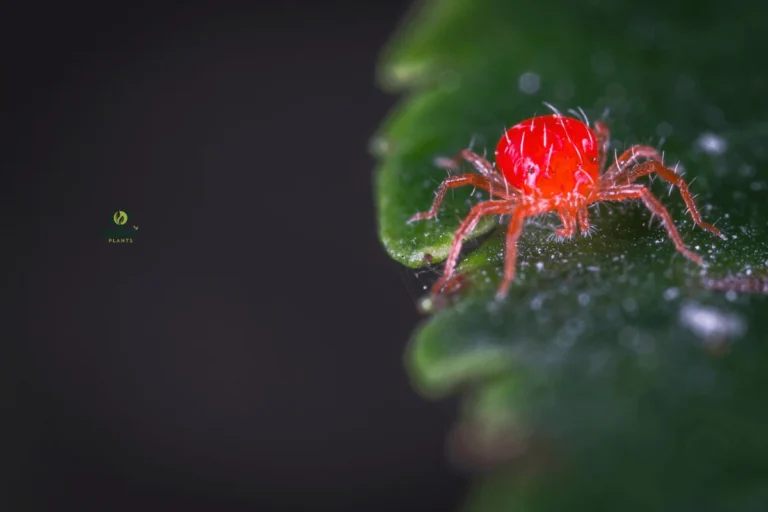
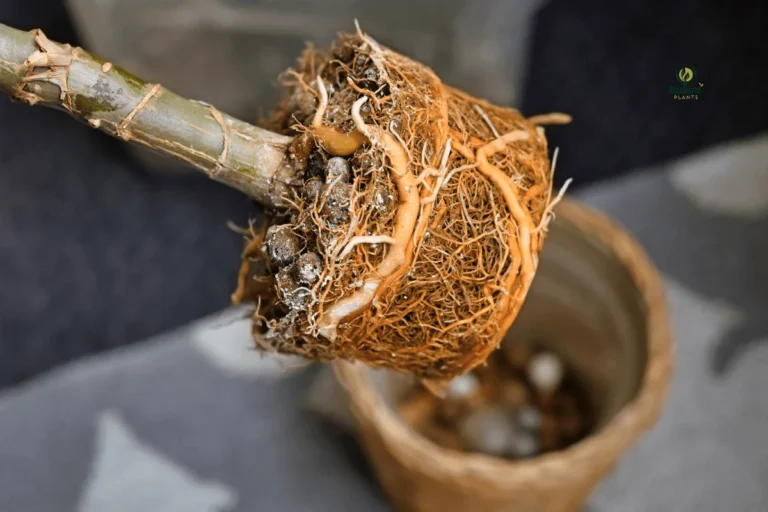
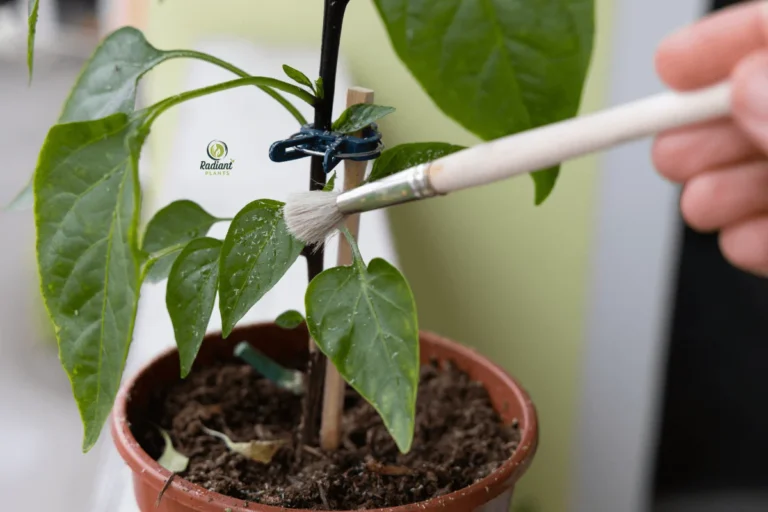
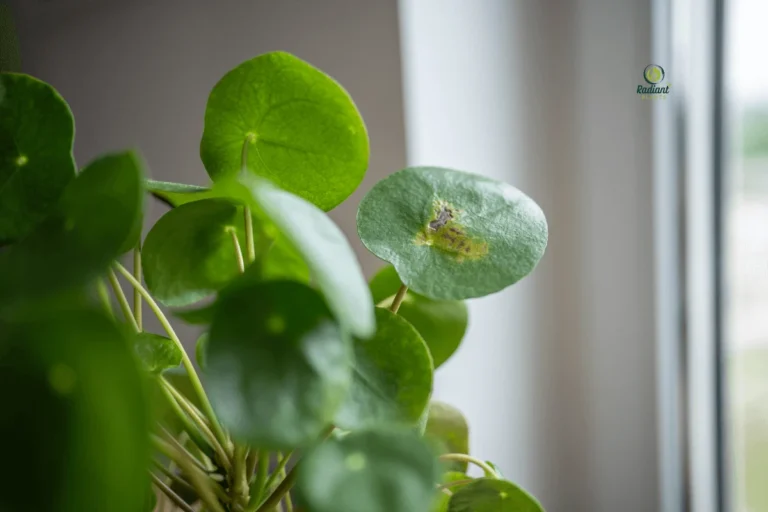
One Comment